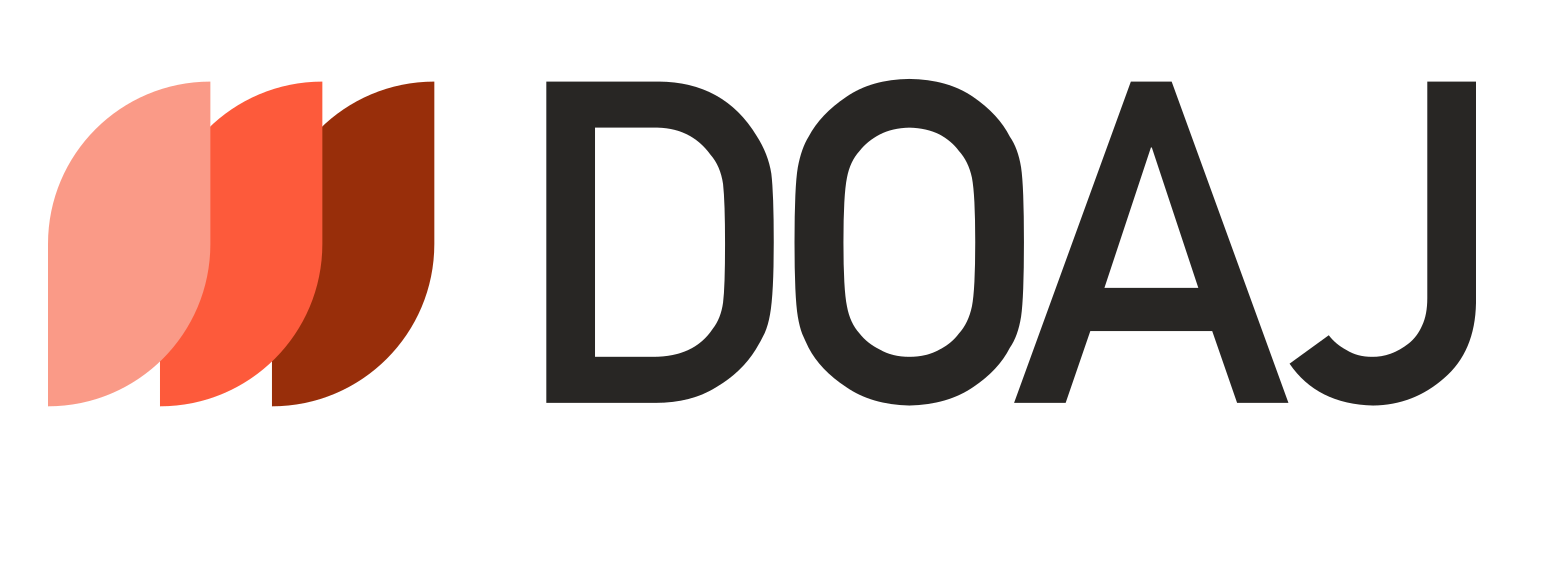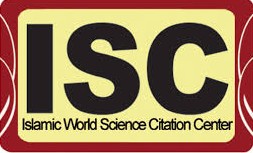The Principle of Exhausting the Court’s Jurisdiction and its Effect on Reconsidering the Judgment Issued in the Subject Matter of the Lawsuit according to the Law of Civil Procedure Issued by Royal Decree No. (M/1) Dated 22/1/1435 AH
DOI:
https://doi.org/10.35246/6ssg5387Keywords:
Principle of exhaustion of jurisdiction, Principle of two-tier litigation, Final judicial rulings, Jurisdiction of the courtAbstract
The principle of exhaustion of jurisdiction is one of the important principles in judicial organization. The regulatory texts in the system of Sharia litigation refer to its adoption and implementation. Some scattered texts in the system indicate that as soon as a judicial ruling is issued on the subject of the dispute, the jurisdiction of the judge ends. For example, Article (167) of the system states, "If the jurisdiction of the judge ends regarding a case before the ruling is pronounced." This article indicates that the jurisdiction of the judge ends immediately upon issuing the judicial ruling in the case, and the end of the judge's jurisdiction is referred to as the exhaustion of jurisdiction for the judge or the court. As a result of this principle, the judge is not allowed to reconsider the case or the judicial ruling issued therein, although the texts of the system do not explicitly mention this.
Moreover, there are texts that contradict this principle, such as Article (189) of the system, which allows the judge to reconsider the ruling issued for modification. This text contradicts the principle of exhaustion of jurisdiction.
This prompted a discussion of the topic, addressing the concept of the exhaustion of the judge's jurisdiction, its importance, and the exceptions that apply to it, followed by the conclusion of the research, which included the findings and recommendations.
Downloads
References
Books:
I. Dr. Ahmed Sedky Mahmoud, A Brief Introduction to the Law of Civil Procedure, 2009 edition - 1430 AH, without a publishing house.
II. Dr. Ahmed Hindi, Civil and Commercial Procedure Law, New University House, Alexandria, 2007.
III. Dr. Ali Abu Attia Heikal, Civil and Commercial Procedure Law, University Publications House, Alexandria, 2007.
IV. Dr. Muhammad Saeed Abdul Rahman, Judicial Ruling, Dar Al Nahda Al Arabiya, First Edition, 2001 AD
V. Dr. Mahmoud Al-Sayed Omar Al-Tahawi, General Theory of Judicial Rulings, Alexandria Thought Forum, First Edition, 2001 AD.
VI. Dr. Mahmoud Suleiman, The Mediator in the Saudi Sharia Litigation System, Dar Al-Kitab Al-Jami’i, Third Edition 2023 AD.
VII. Dr. Hesham Muwaffaq Awad, Principles of Sharia Litigation in the Saudi Judicial System, Al-Shaqri Library, Third Edition, 2018 AD.
VIII. Dr. Wagdy Ragheb Fahmy, Principles of Civil Judiciary, Dar Al Nahda Al Arabiya, Cairo, Third Edition 2001 AD
Scientific Research:
I. Dr. Ragai Awad, a research entitled “Exiting the Dispute from the Court’s Jurisprudence”, Journal of Jurisprudential and Legal Research, Issue Thirty-Eight, July 2022 edition.
II. Dr. Abdul Aziz Al-Hamad, Reasoning for Judicial Rulings with Jurisprudential Rules, Qadaa Magazine, Issue Thirty-One, Shawwal 1444 AH - April 2023 AD.
III. Dr. Ammar Al-Mashhadani and others, the scope of exhausting the jurisdiction of the civil judge, published research, Journal of the Faculty of Law for Legal and Political Sciences.
IV. Dr. Mahmoud Ali Abdel Salam, a research entitled “Exhaustion of the jurisdiction to adjudicate the case between theory and practice in the fields of judiciary and arbitration, an original analytical comparative study in Egyptian law and the Saudi system”, Journal of Law for Legal and Economic Research, Faculty of Law, Alexandria University, Article 12, Volume 2.2019, Issue 3, July 2019.
V. Dr. Maryam Sharif, published research entitled “Effects of Judicial Rulings”, Algerian Public and Comparative Law Journal, Volume 7, Issue 2 / November 2021 AD.
Laws:
I. The Law of Civil Procedure issued by Royal Decree No. (M/1) dated 22/1/1435 AH.
Downloads
Published
Issue
Section
License

This work is licensed under a Creative Commons Attribution 4.0 International License.
Copyright and Licensing:
For all articles published in Journal of Legal Sciences, copyright is retained by the authors. Articles are licensed under an open access Creative Commons CC BY 4.0 license, meaning that anyone may download and read the paper for free. In addition, the article may be reused and quoted provided that the original published version is cited. These conditions allow for maximum use and exposure of the work.
Reproducing Published Material from other Publishers: It is absolutely essential that authors obtain permission to reproduce any published material (figures, schemes, tables or any extract of a text) which does not fall into the public domain, or for which they do not hold the copyright. Permission should be requested by the authors from the copyrightholder (usually the Publisher, please refer to the imprint of the individual publications to identify the copyrightholder).
Permission is required for: Your own works published by other Publishers and for which you did not retain copyright.
Substantial extracts from anyones' works or a series of works.
Use of Tables, Graphs, Charts, Schemes and Artworks if they are unaltered or slightly modified.
Photographs for which you do not hold copyright.
Permission is not required for: Reconstruction of your own table with data already published elsewhere. Please notice that in this case you must cite the source of the data in the form of either "Data from..." or "Adapted from...".
Reasonably short quotes are considered fair use and therefore do not require permission.
Graphs, Charts, Schemes and Artworks that are completely redrawn by the authors and significantly changed beyond recognition do not require permission.
Obtaining Permission
In order to avoid unnecessary delays in the publication process, you should start obtaining permissions as early as possible. If in any doubt about the copyright, apply for permission. Journal of Legal Sciences cannot publish material from other publications without permission.
The copyright holder may give you instructions on the form of acknowledgement to be followed; otherwise follow the style: "Reproduced with permission from [author], [book/journal title]; published by [publisher], [year].' at the end of the caption of the Table, Figure or Scheme.











